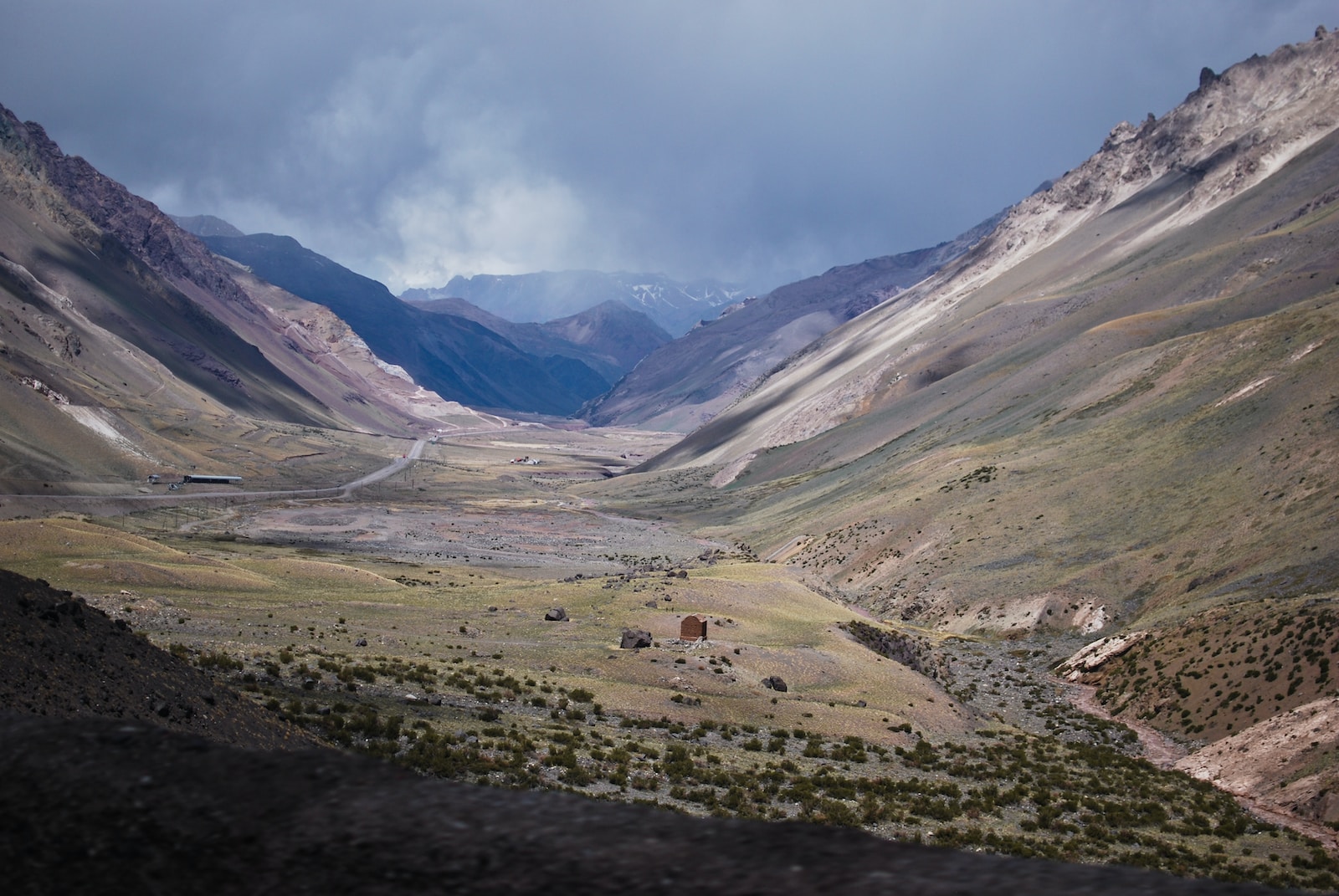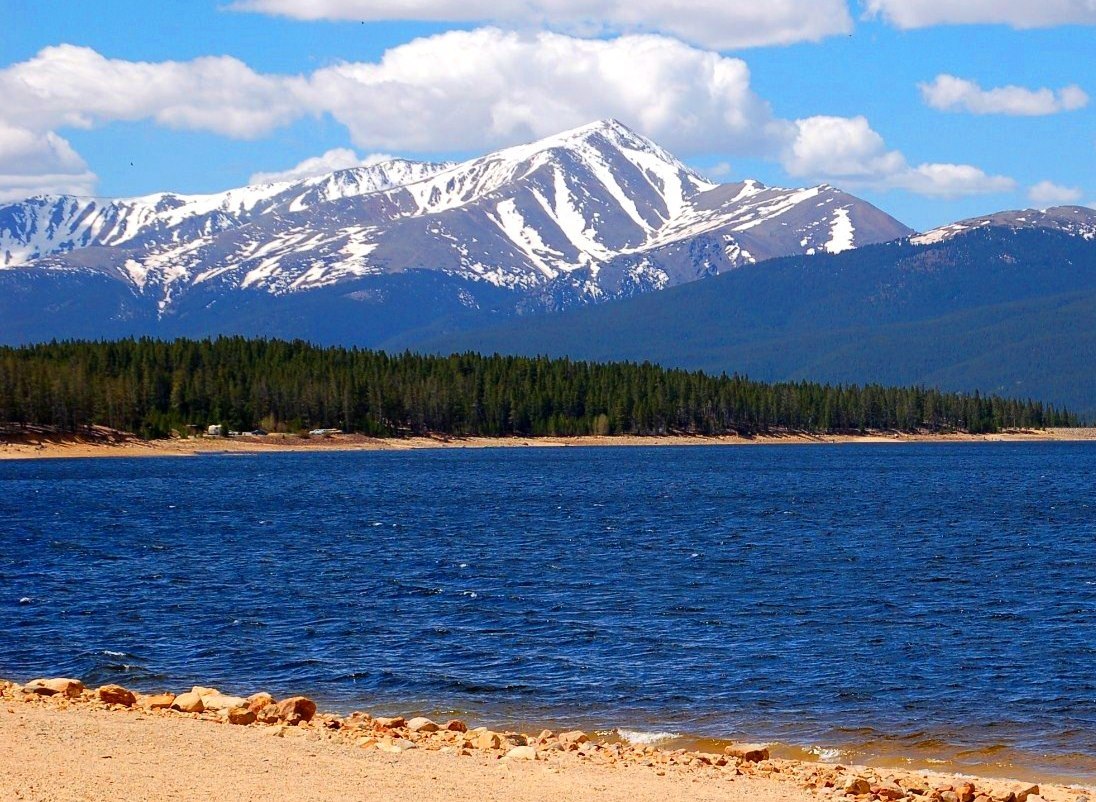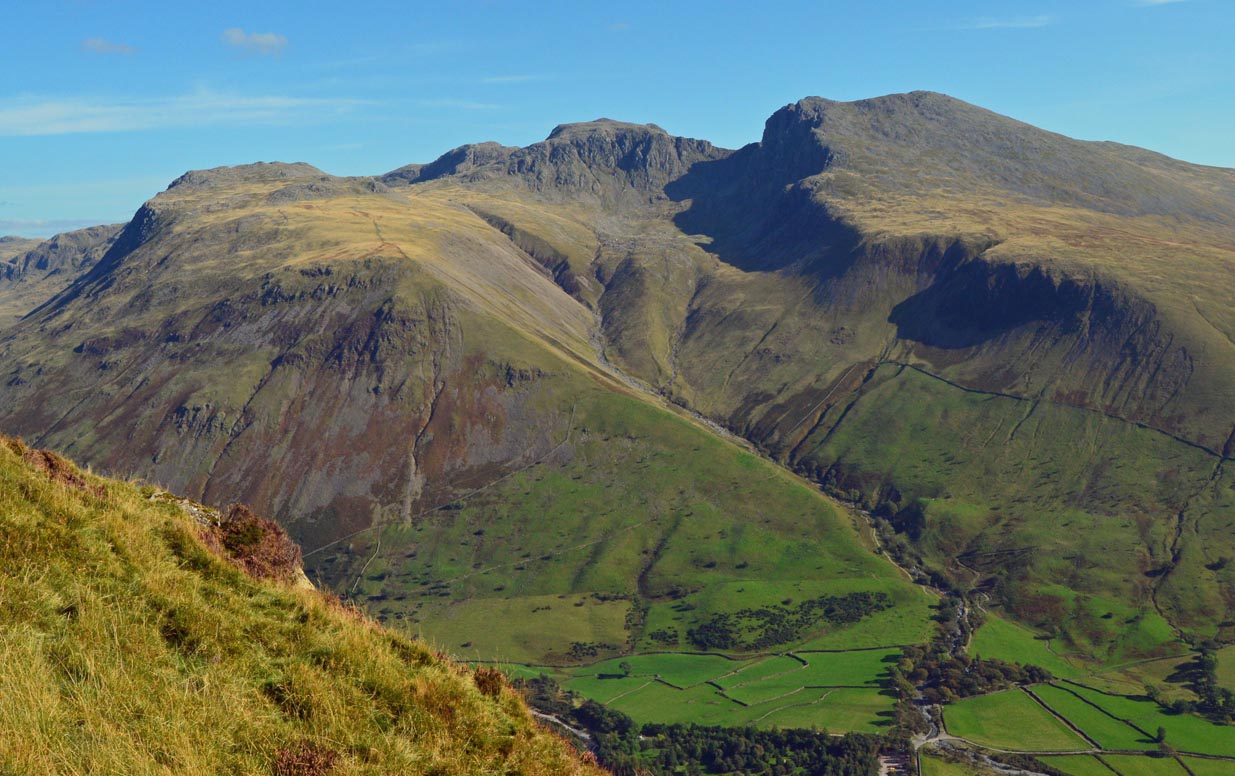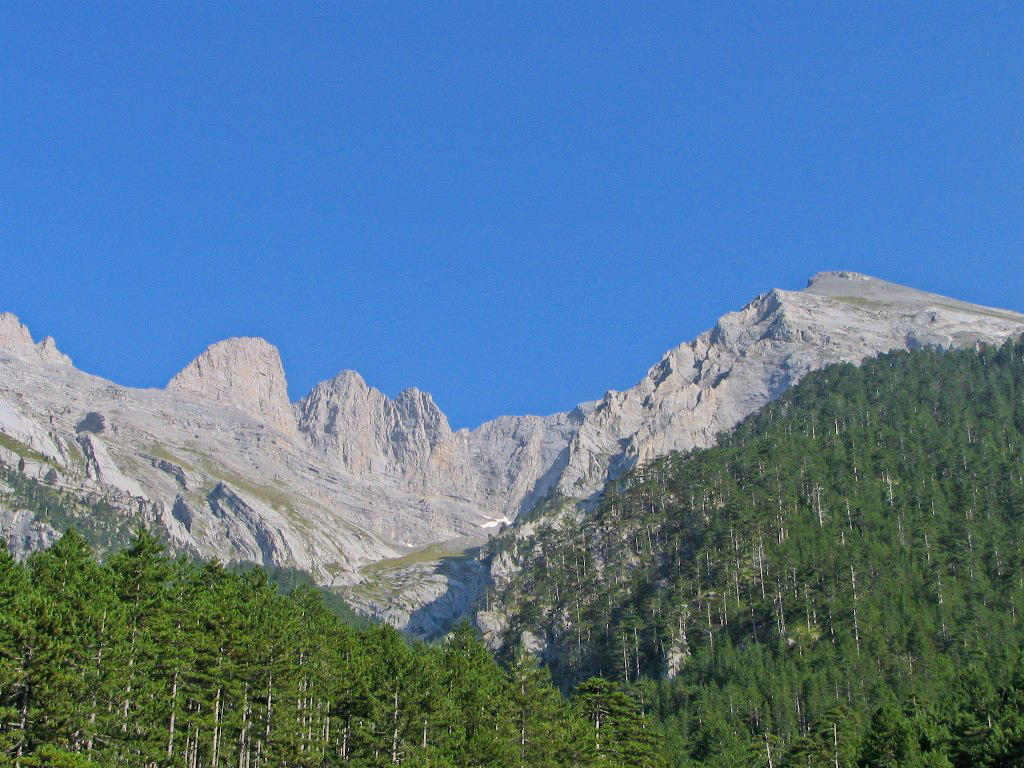Are you an aspiring photographer? If so, then get ready to embark on an epic adventure with me as we explore Aconcagua Mountains, the highest mountain outside Asia, and uncover the secrets of mountain photography. In this blog, I will guide you through the art of framing the giant, sharing essential techniques and camera tutorials to help you capture the awe-inspiring beauty of Aconcagua with your very own lens. Let’s dive in!
Table of Contents
- The Journey of Aconcagua Mountains
- Overcoming Challenges in Mountain Photography
- Frequently Asked Questions
- What is Aconcagua?
- Why are Aconcagua Mountains popular among mountain photographers?
- What equipment do I need for mountain photography?
- What camera settings are ideal for mountain photography?
- How can I capture the grandeur and scale of Aconcagua in my photographs?
- What safety precautions should I take while photographing Aconcagua?
- Are there any photography workshops or tours available for Aconcagua?
- Wrap Up
The Journey of Aconcagua Mountains
Aconcagua is the highest mountain in South America and one of the Seven Summits, which refers to the highest peak on each of the seven continents. Aconcagua is located in the Andes mountain range, specifically in the province of Mendoza, Argentina. It sits near the border between Argentina and Chile, but the mountain itself lies within Argentina’s territory. The nearest major city and gateway for climbers and trekkers heading to Aconcagua is Mendoza, which is located to the east of the mountain. Aconcagua is a popular destination for mountaineers and hikers, and its relatively non-technical route to the summit makes it accessible to a wide range of outdoor enthusiasts.
Overcoming Challenges in Mountain Photography
Imagine standing at the base of Aconcagua, the towering giant reaching over 22,800 feet into the sky. The air is thin, the wind is fierce, and the scale of the mountain is both humbling and daunting. As a photographer, the opportunity to capture the majesty of Aconcagua with your camera is a dream come true. But how do you overcome the challenges that come with mountain photography?
1. Preparing for the Journey
Before setting foot on Aconcagua, preparation is key. Ensuring your camera gear is in top shape, packing extra batteries and memory cards, and familiarizing yourself with the mountain’s terrain are vital steps. You don’t want to find yourself struggling with equipment malfunctions or getting lost amidst the vastness of Aconcagua.
2. Adjusting to the Altitude
Aconcagua’s high altitude presents a unique challenge for photographers. The thin air affects both your physical and mental abilities, making it more difficult to focus and capture the perfect shot. Take the time to acclimate to the altitude, stay hydrated, and be mindful of any symptoms of altitude sickness. This will ensure you can perform at your best and seize the incredible moments Aconcagua has to offer.
3. Mastering the Art of Framing
Photographing a mountain like Aconcagua requires more than just pointing and shooting. To truly capture its grandeur, learning the art of framing is essential. Consider the composition of your shots, use leading lines to draw the viewer’s eye towards the mountain, and experiment with different angles and perspectives to create visually stunning images.
4. Understanding Lighting and Weather
Lighting and weather conditions play a crucial role in mountain photography. Keep an eye on the forecast, as changing weather patterns can add drama and depth to your images. Take advantage of the golden hours of sunrise and sunset, when the warm golden light accentuates the mountain’s features. Be patient and wait for the right moment to click the shutter.
5. Embracing the Unpredictable
Despite meticulous planning, mountain photography is inherently unpredictable. Unexpected cloud formations, sudden weather changes, and wildlife encounters can either hinder or enhance your shots. Embrace the unpredictable nature of Aconcagua and use it to your advantage. Adapt to the circumstances, be flexible with your approach, and seize unique opportunities that present themselves along the way.
Capturing the magnificence of Aconcagua requires perseverance, skill, and an understanding of the mountain’s nuances. Prepare yourself both mentally and physically, learn the techniques of framing and lighting, and embrace the unpredictable. By doing so, you’ll be ready to embark on an unforgettable journey and capture breathtaking photographs of this natural wonder.
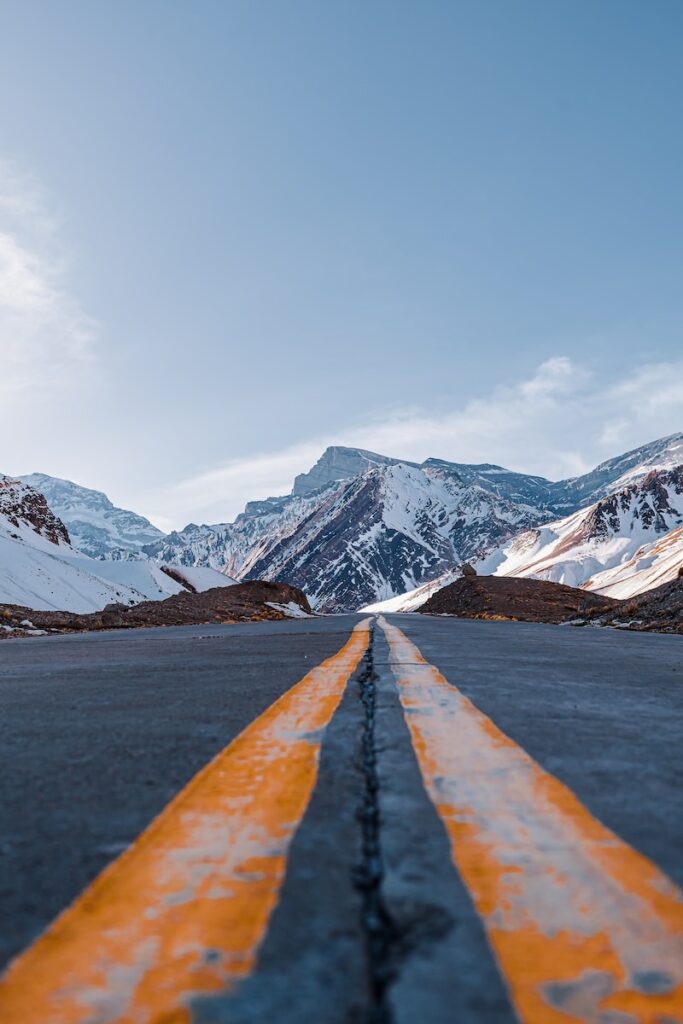
Frequently Asked Questions
What is Aconcagua?
A: Aconcagua is the highest mountain located outside Asia, standing tall at 22,837 feet (6,960 meters). It is located in the Andes mountain range, in the province of Mendoza, Argentina.
Why are Aconcagua Mountains popular among mountain photographers?
A: Aconcagua offers breathtaking landscapes, stunning sunrises and sunsets, and challenging conditions that attract photographers seeking to capture the beauty and grandeur of this majestic peak.
What equipment do I need for mountain photography?
A: To capture the beauty of Aconcagua, you will need a sturdy DSLR or mirrorless camera, a wide-angle lens to capture the expansive views, a tripod for stability, extra batteries, and memory cards. It is also recommended to have a polarizing filter and a remote shutter release.
What camera settings are ideal for mountain photography?
A: For mountain photography, it is best to shoot in manual mode. Use a low ISO (around 100-200) to reduce noise, a small aperture (between f/8 and f/16) for a larger depth of field, and a slower shutter speed (1/30th of a second or slower) to capture movement and create a sense of scale.
How can I capture the grandeur and scale of Aconcagua in my photographs?
A: To capture the grandeur of Aconcagua, consider including foreground elements such as rocks or trees to provide a sense of scale. Look for leading lines that draw the viewer’s eye towards the mountain. Experiment with different perspectives and angles to create unique and striking compositions.
What safety precautions should I take while photographing Aconcagua?
A: Safety should always be a priority when photographing mountains. Make sure to acclimatize properly to the altitude, stay hydrated and well-rested, and be aware of weather conditions. It is also recommended to hike with a partner and carry essential gear such as a map, compass, proper clothing, and first aid supplies.
Are there any photography workshops or tours available for Aconcagua?
A: Yes, several photography workshops and tours are available that focus on capturing the beauty of Aconcagua. These tours provide guidance on composition techniques, camera settings, and post-processing, while also ensuring safety in the mountain environment. Research and choose a reputable tour operator that suits your needs and level of experience.
Wrap Up
Now that you are equipped with the essential techniques for capturing the breathtaking beauty of Aconcagua through your camera lens, it’s time to embark on your own mountain photography adventure. Remember to choose the right equipment, master the art of composition, and utilize the power of lighting to create stunning imagery.
Whether you’re an experienced photographer or a newbie, Aconcagua offers endless opportunities to hone your skills and push your creative boundaries. So grab your camera, head to the mountains, and let your artistic vision soar.
We hope this blog has inspired you to unleash your inner photographer and capture the essence of Aconcagua. Share your thoughts, experiences, and stunning shots in the comments below. Let’s continue the conversation and inspire each other to capture the majesty of nature through our lenses.
